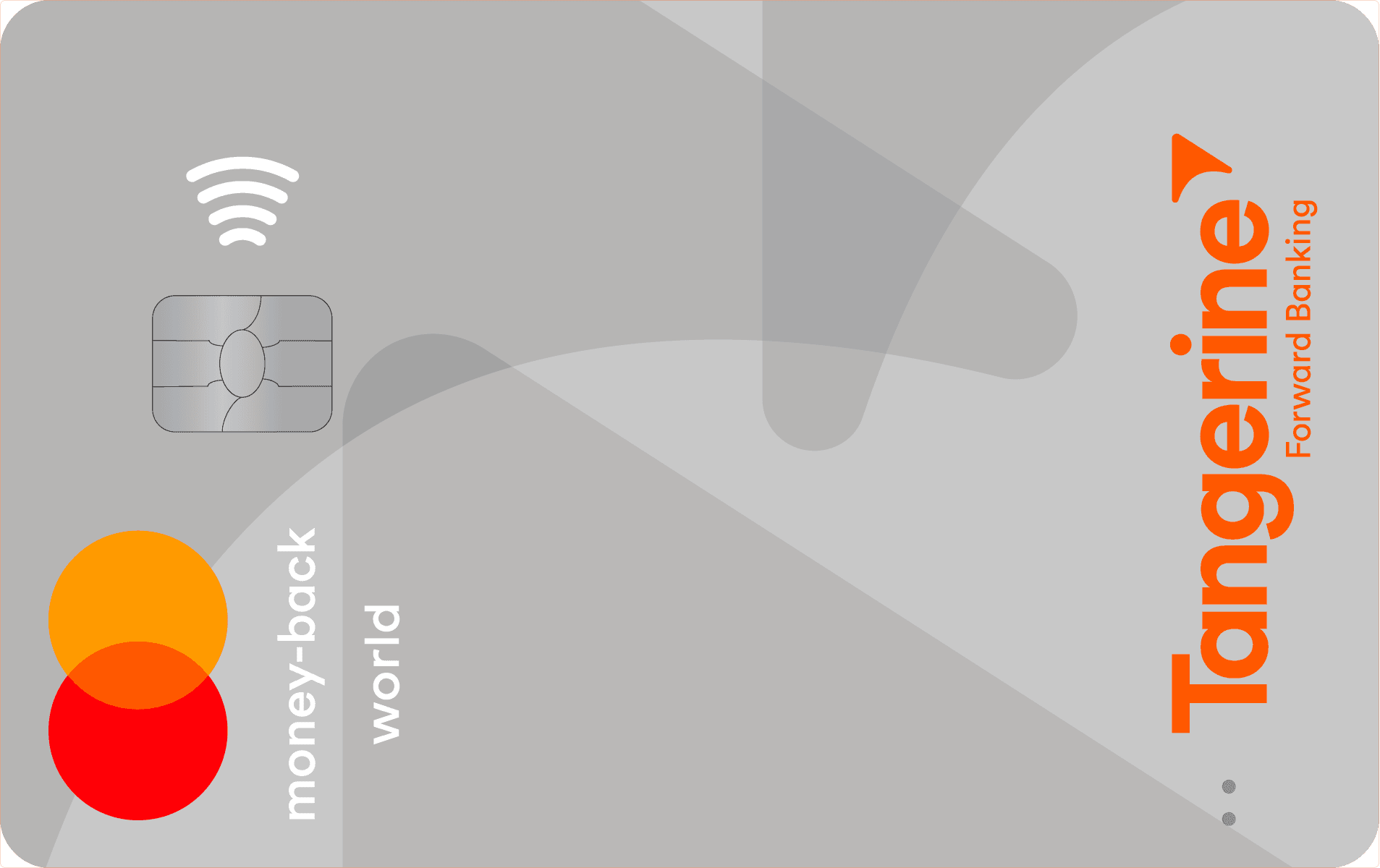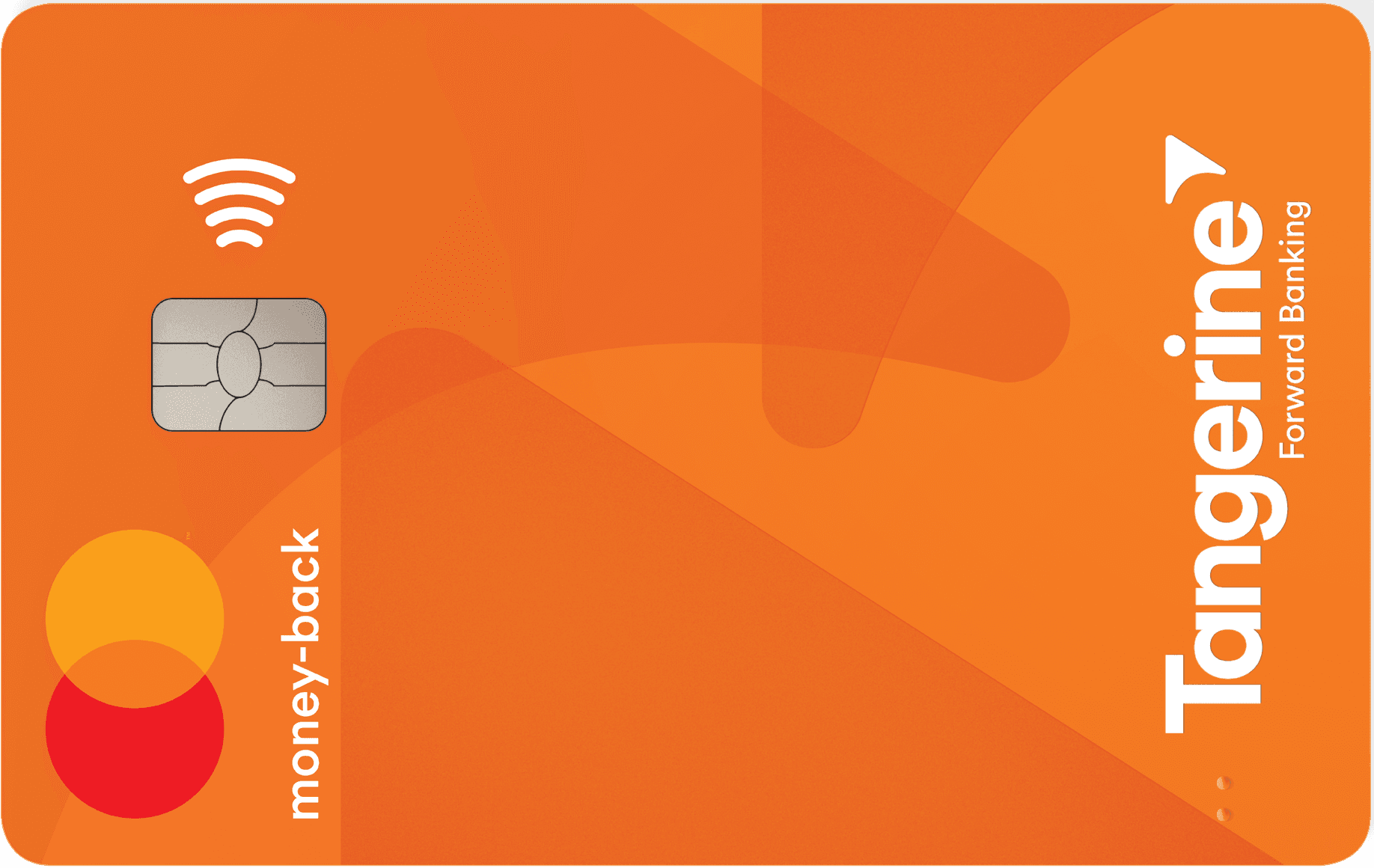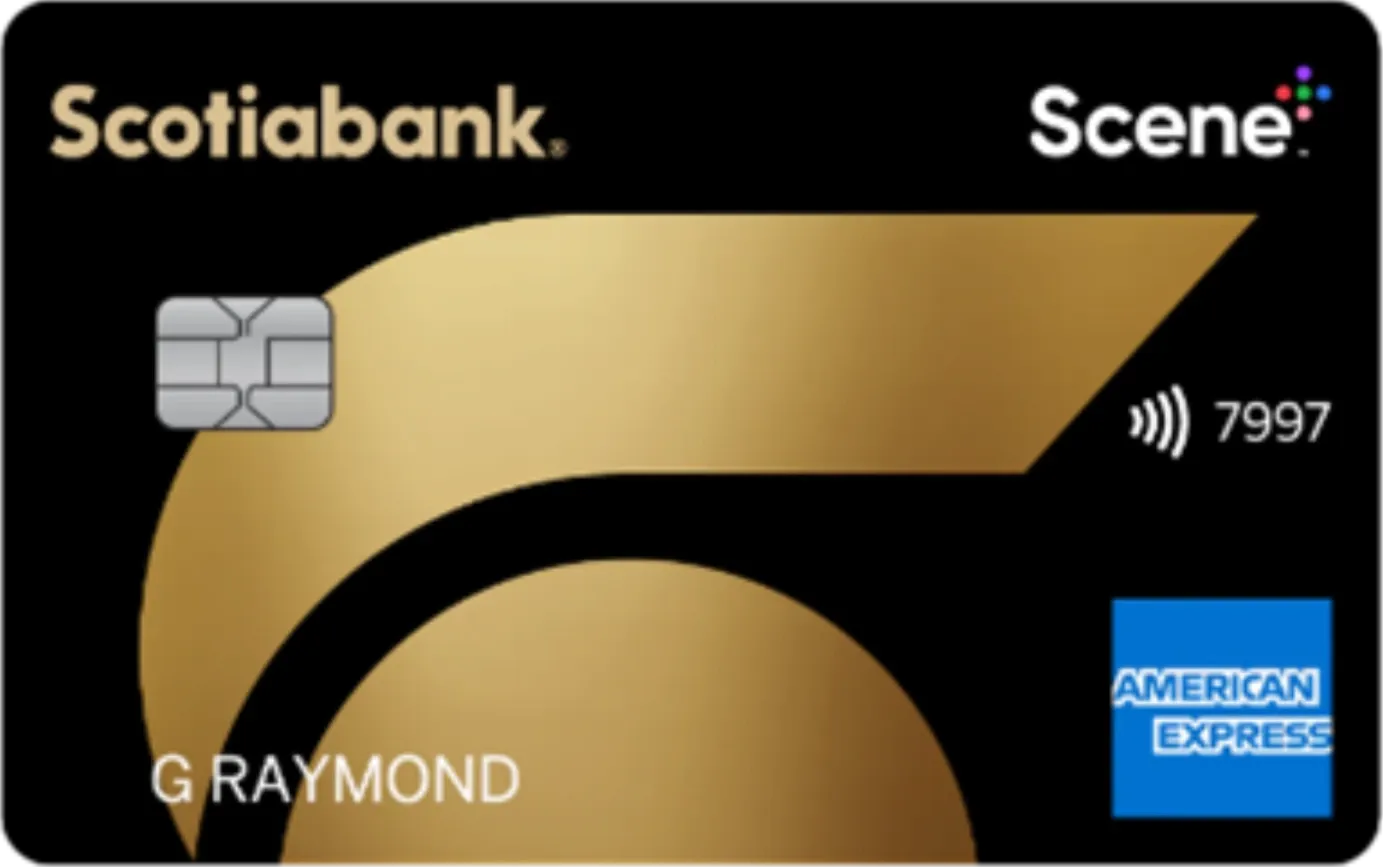Working hard in the background...
Why a Credit Card's Appearance Isn't Everything
Published Dec 4, 2025 1:45 PM • 5 min read
Perhaps you’ve heard the saying “don’t judge a book by its cover” before, meaning that just because something looks good or bad, it doesn’t necessarily mean that it is. The saying tells us that it's what’s on the inside that counts; that it’s the content that matters. Just like books, the same can be said about credit cards.
Sure, these days, it’s easy to get caught up in the aesthetics of nearly everything, including credit cards. Maybe you admire the way your metallic cards look peeking out from the folds of your wallet, or maybe when you pull out your card for payment, you simply want to flash your Platinum status. After all, you pay good money to maintain ownership, and hey, it’s okay to be proud about it.
The truth is, however, that your credit card is only as premium as it looks if it complements your spending habits, adheres to your budget, and includes perks that are actually beneficial to you.
To discover more about why a credit card’s appearance isn't everything, keep reading.
The Content to Consider
Like we said, when considering a credit card, you should first and foremost be taking its content into account.
By “content” we mean factors like the following:
The Card Fees
Many cards, especially the more premium contenders, come with annual fees to cover their added perks and/or ideal point potential. These yearly costs are typically the largest you’ll encounter, but there are also other fees associated with certain cards like foreign transaction fees and interest on carried balances.
When considering whether an annual fee (or any other relevant associated fees) are worth it for the credit card in question, take into account the overall value of the card. A card’s value is made up of aspects like welcome bonuses, rewards, insurance, and benefits. Each time we break down a credit card on our Best Credit Card Finder page, we provide a sneak peek into the card’s first-year value as well as its value in the years that follow. In many cases, this value may more than make up for the annual cost – but that’s only if you intend on using all of the card's benefits and you meet all of the requirements of the card’s welcome bonus to begin with. If you plan on using the card to its full potential, you can actually offset the annual fee.
The Rewards Program
As mentioned in the previous point, the rewards program is arguably one of the most important factors of your credit card. Why? Firstly, the rewards program is what optimizes your spending, earning you points or cashback on specialized categories before typically resorting to a base rate. For more flexibility, some cards provide a flat-rate reward on all eligible purchases.
When selecting a credit card, make sure that the contender will boost the purchases you’re consistently making. In some cases, of course, if you don’t cover every frequent expense on your list with one card, you can supplement any outstanding categories with a complementary card – your wallet has multiple pockets for a reason!
The same way it’s crucial to make sure your earning categories are relevant, you’ll also want to ensure your credit card’s redemption categories cater to your financial habits, specifically when dealing with points over cashback. For example, if you’re a big traveller, you’ll want a credit card that earns you points that can later be redeemed towards trip expenses – so maybe an Amex Card or a Scotiabank card would suffice, since both American Express Membership Rewards points and Scene+ points have valuable redemptions towards travel, TD Rewards aren’t a bad choice either.
Other popular redemption categories include dining, entertainment, gift cards, and statement credits.
To check out which loyalty programs cater to which redemption categories, plus the best credit cards within those programs, you can always check out our Points Calculator page.
If you want a better idea of how to optimize your points once you’ve earned them, take a look at our How to Optimally Redeem Your Credit Card Points blog post.
The Added Perks
We’ve covered rewards and fees, now it’s time to talk about perks. By “perks” we mean any added benefits or insurance that your credit card may offer.
As far as benefits go, some cards will earn you perks like priority travel advantages, airport lounge access, gas discounts, annual credits, or no foreign transaction fees to make things like travel and everyday spending that much smoother.
Insurance coverage is another valuable inclusion, offering you protections like trip interruption insurance and trip cancellation insurance to emergency medical coverage to mobile device insurance – all tucked into your back pocket.
When the Brand Matters
Another big part of a credit card’s appearance and identity is its brand. By “brand” we mean the card's issuer, whether that be a traditional bank (think BMO, CIBC, RBC, Scotiabank or TD) or another kind of digital platform (like Neo Financial, Simplii Financial, or PC Financial).
Still, on the core topic of why a credit card's appearance isn't everything, choosing the right brand has less to do with any logo or cover design and more to do with offers and value.
When to Stick With a Brand
There are a couple of reasons why you may want to stick to particular brand, including:
Loyalty
Besides simply not wanting to turn your back on the issuer you’ve supported for years, loyalty can sometimes be strategic and prompt extra rewards or higher-tiered memberships that allow you to unlock better point or cashback potential or exclusive benefits and opportunities within your preferred loyalty program.
Compounded Points
When you have multiple credit cards affiliated with one loyalty program, there are cases where you can funnel all of the points you’ve earned on each respective card into a singular account, extracting the value earned off of every tap and depositing it into one place.
Program Partnerships
Specific loyalty programs also come with their own lists of partnerships, from car rental companies to hotel collections to airlines to travel booking platforms.
For example, let’s say you prefer to book your travel with Expedia. If so, you might opt for a TD Rewards credit card since TD is closely affiliated with Expedia through their Expedia for TD platform – designed to help TD Reward earners book travel using their points, all whilst earning them more TD Rewards points in the process.
When They Have Your Best Interest in Mind
When we say “best interest”, we mean that literally. A brand having your best interest in mind might actually mean that it will provide you with the best earned interest rates on savings through available savings accounts, or the best low-interest rates on carried balances through associated low-interest and balance transfer credit cards.
This consideration is for the budget-conscious rather than the perk or point-hungry.
When to Break Away From a Brand
Likewise, there are instances where you may need to explore outside of your brand, specifically when it comes to balance transfers. Balance transfer credit cards offer lower interest rates on balances that have been carried over from a previous card, sometimes they even offer promotional periods that avoid interest on these transfers altogether. Generally, you cannot transfer your carried balance over to a credit card from the same issuer. With this in mind, if your have a carried balance from a regular Scotiabank credit card, instead of transferring the balance to say, the Scotiabank Value Visa Card (which is a top balance transfer credit card contender) you’ll need to transfer your balance to a balance transfer card from a different issuer, like the MBNA True Line Mastercard (which is actually the best balance transfer option anyway).
Need more help finding an alternative-brand balance transfer credit card? Check out our Balance Transfer Calculator to compare your options.
Conclusion
There's nothing wrong with preferring the polished look of the Amex Platinum or the bronzy glimmer of the Amex Gold Rewards card, but after careful consideration, you might come to find that TD green or BMO blue is more, well, you. This realization has less to do with your card’s physical coating, and more to do with its actual coding – what it was literally designed to do and how that benefits you.
All in all, a card can look enticing but ultimately be lacking with it comes to yearly value, and that's exactly why a credit card's appearance isn't everything, but it's rewards program, coverage, and perks sure are.
Trending Offers

Tangerine® Money-Back World Mastercard®*

Tangerine Money-Back Mastercard

Neo World Elite® Mastercard®

Scotiabank Gold American Express® Card
About the author

Sara Skodak
Lead Writer
Since graduating from the University of Western Ontario, Sara has built a diverse writing portfolio, covering topics in the travel, business, and wellness sectors. As a self-started freelance content ...
SEE FULL BIOAbout the reviewer

Kevin Shahnazari
Credit Card Expert
Kevin started FinlyWealth and juggles a bit of everything—digging into data, running our marketing, and keeping the finances on track. Before this, he spent years as a data scientist at tech companies...
SEE FULL BIO